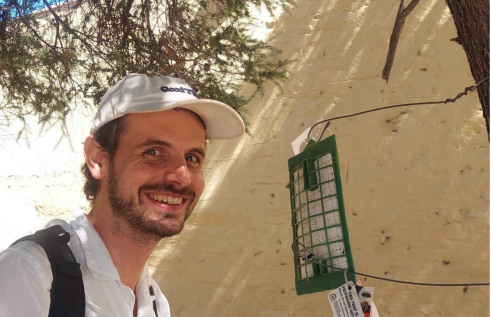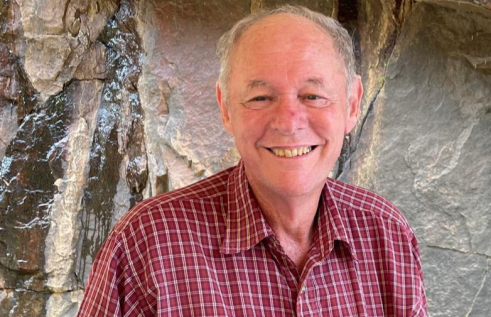RIEL seminar series
The habitat requirements and potential threats of the endangered Alligator Rivers Yellow Chat Epthianura rocea tunneyi
| Presenter | Robin Leppitt | |
|---|---|---|
| Date |
|
|
| Time |
to
|
|
| Contact person |
RIEL outreach
|
|
| Location | Yellow 1.1.39 and Zoom | |
| Open to | Public | |
When I began this PhD way back in 2016, we knew that the Alligator Rivers Yellow Chat Epthianura crocea tunneyi was rare, with a couple of dedicated surveys failing to find many birds and incidental sightings all but drying up. The chat had been classified as endangered in 2006 due to low population and small area of occupancy, but there was precious little hard data on the population size, major threats, and habitat associations. 5 years later, the PhD has been submitted and we know a little more about chats and how we might conserve them, with plenty more still to discover.
This seminar will present my PhD, which was moderately successful in improving our knowledge of the Alligator Rivers Yellow Chat. It will take an in-depth look at the four data chapters (on chat habitat, chat genetics, floodplain fire, and floodplain bird communities), and also detail some of the problems and failures that come with studying rare and elusive animals in challenging environments.
Robin Leppitt is PhD candidate at Charles Darwin University studying the conservation ecology of the Alligator Rivers Yellow Chat. Originally from Melbourne, Robin has a keen interest in the conservation of Australia’s birds and their habitats. On the cusp of completing his PhD, he is beginning a career in science communication, hoping to get as many people as possible passionate about the natural world and it’s ongoing prosperity.
Related Events

Boring beetles and super models: mapping the distribution of a new invader
The polyphagous shot-hole borer (PSHB) is a tiny beetle with a mouthful of a name, but it’s been making headlines as a new invasive species in Australia. PSHB was first detected in Perth three years ago and has since devastated trees across the city. There are concerns about what its further spread could mean for urban, agricultural and natural environments.
Read more about Boring beetles and super models: mapping the distribution of a new invader
Groundwater: Hidden wonder of the Northern Territory
The seminar ‘Groundwater: Hidden wonder of the Northern Territory’ will be presented in two parts. First, Steven will provide a basic explanation of what groundwater is and concepts of how groundwater systems operate. He will then give an NT-wide view of groundwater properties and processes.
Read more about Groundwater: Hidden wonder of the Northern Territory
Carbon and water adventures in north Australia
With climate change and increasing land use pressures there is more and more demand for knowledge of carbon dynamics and water use as well as water resource management. Lindsay’s research is focused on providing better understanding of the biophysical environment of tropical land and water systems.
Read more about Carbon and water adventures in north Australia
